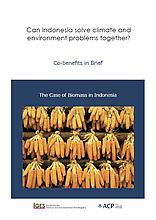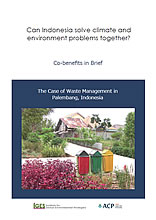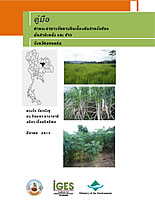In Journal of Cleaner Production
Existing research on business participation in voluntary environmental programs emphasizes a variety of explanations, including regulatory pressure and incentives, market pressure, self-regulation, and firm size. However, most of this literature focuses on cases from North America and Europe. The contribution of this research is to examine how well...






